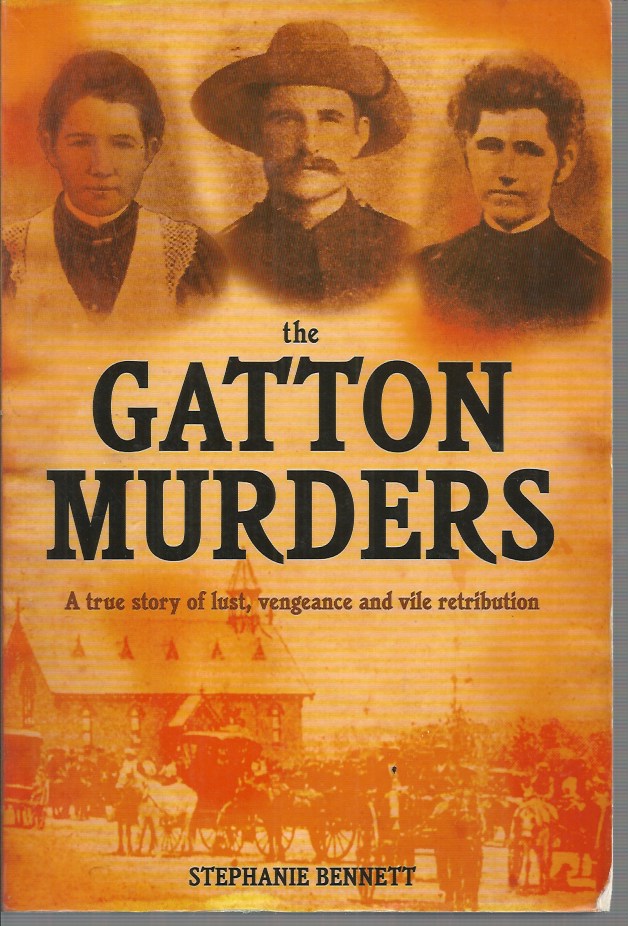TRUE CRIME AUSTRALIA
The Gatton Murders of 1898
Information from the resources of the Queensland Police Museum
The Crime: On the night of Boxing Day 1898, Michael Murphy, 29, and his sisters,
Norah, 27, and Ellen, 18, were returning home in a sulky to their parents’ farm
outside Gatton. They had been to a cancelled country dance in Gatton after
spending a day at the races at Mount Sylvia. About 3km outside Gatton the three
were murdered in what still one of the most is baffling unsolved murders in
Australian history. The next morning their brother-in-law William McNeill set out
looking for them, Two miles out of Gatton on Tent Hill Road, he followed the sulky’s
tracks, characterised by one wobbly wheel, as they veered through sliprails into
Moran’s paddock. He found the bodies of Michael, Ellen and Norah. The girls’
clothing was torn and they had been raped. Michael and Ellen’s skulls were crushed.
It was later found that Michael had been shot in the head. Nearby was the horse,
also shot in the head. It was a horrible crime by any standard, but for it to have
happened in an Australian country town in 1898 was almost incomprehensible to a
shocked public.
The Investigation: Numerous setbacks – which would most likely never occur
today – hindered the investigation. Due to communication breakdowns and reliance
on telegrams to relay information, Brisbane police did not learn of the crime until
two days later. The crime scene was not immediately secured and many people
passed through, possibly obliterating valuable clues. At that time, there was only
one police photographer who was responsible for covering crimes throughout the
state. Bodies were moved before photos could be taken. The press criticised the
police for bungling the investigation while Inspector Urquhart criticised the press for
its ‘silly and unreliable’ reporting. Over the course of the investigation, the police
interviewed more than 1,000 people. Among the main suspects were Richard
Burgess, a recently discharged prisoner and bush vagabond who had an alibi, and
Thomas Day, a stranger to Gatton who was working for AG Clarke, the local
butcher, at the time of the murders. Police found blood on his clothing but in 1898
there was no way to test if the blood was from an animal, as Day claimed, or from
a human. In any case, Clarke warned Day against washing a particular jumper after
the murders but a day or two later Day proceeded to wash and boil the jumper
twice and scrub it with a scrubbing brush. No further action was taken against Day
and a few weeks later he left the district.
Although there has been endless speculation over the years about this complicated
and compelling case, it has never been established who committed the crime or
what the motive behind it was.
xi, 287 p., [8] p. of plates : ill., maps, ports. ; 24 cm. #220423 FIRST EDITION.Bibliography: p. 283-285.
Murphy, Michael, -1898. | Murphy, Norah, -1898. | Murphy, Ellen, -1898. | Murder — Queensland — Gatton.
Gatton Murders, The: A True Story of Lust, Vengeance and Vile Retribution
$30.00
Sold Out
Additional Information
| Author | Bennett, Stephanie |
|---|---|
| Number of pages | 298 |
| Publisher | MacMillan, Australia |
| Year Published | 2004 |
| Binding Type | Softcover |
|---|---|
| Book Condition | Near Fine |
